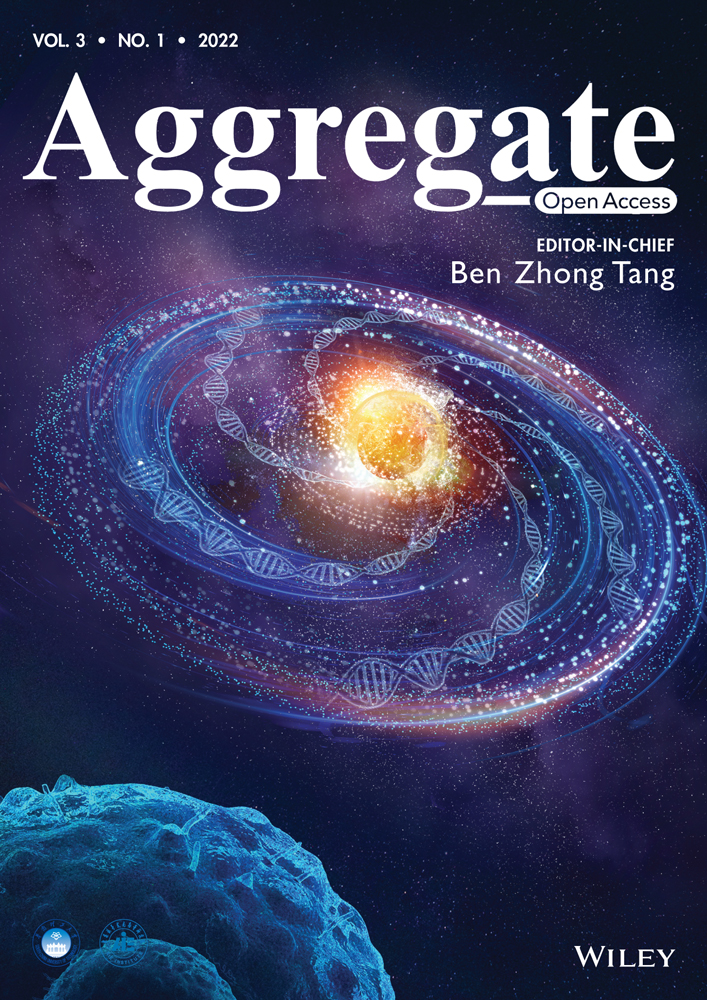Aggregation-enhanced direct S0–Tn transitions and room-temperature phosphorescence in gold(I)-complex single crystals
Abstract
The design of efficient aggregation-induced emission materials requires an improved understanding of photophysical processes in aggregated materials. Herein, the photophysical behavior of an Au(I) complex (R6) that exhibits intense room-temperature phosphorescence (RTP) in crystals is described. In addition, the photophysical processes related to RTP are discussed based on the structure of the molecular aggregates and the primary structure of the molecule. An extremely efficient S0–Tn direct transition is found to occur in the R6 crystal. Furthermore, intermolecular Au–Au interactions and the internal/external heavy-atom effects of Au atoms are demonstrated to enhance the electronic transitions involving intersystem crossing, namely, direct S0–Tn excitation, radiative T1–S0 transition (phosphorescence), and S1–Tn intersystem crossing. Because of the dense molecular packing, both Au–Au interactions and heavy-atom effects play important roles in the crystals. As a result, R6 shows more efficient RTP in crystals than in solution. These insights into the mechanism of highly efficient RTP in Au(I)-complex crystals are expected to advance the development of new luminogens for a variety of sensing and imaging applications.
CONFLICT OF INTEREST
The authors declare that there is no conflict of interest that could be perceived as prejudicing the impartiality of the research reported.
Open Research
DATA AVAILABILITY STATEMENT
The data that supports the findings of this study are available in the supplementary material of this article.




